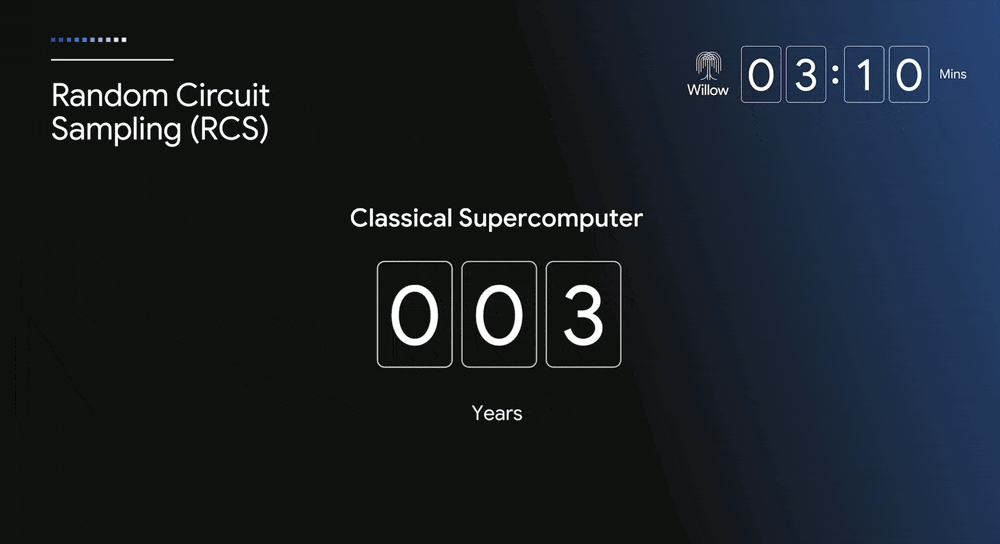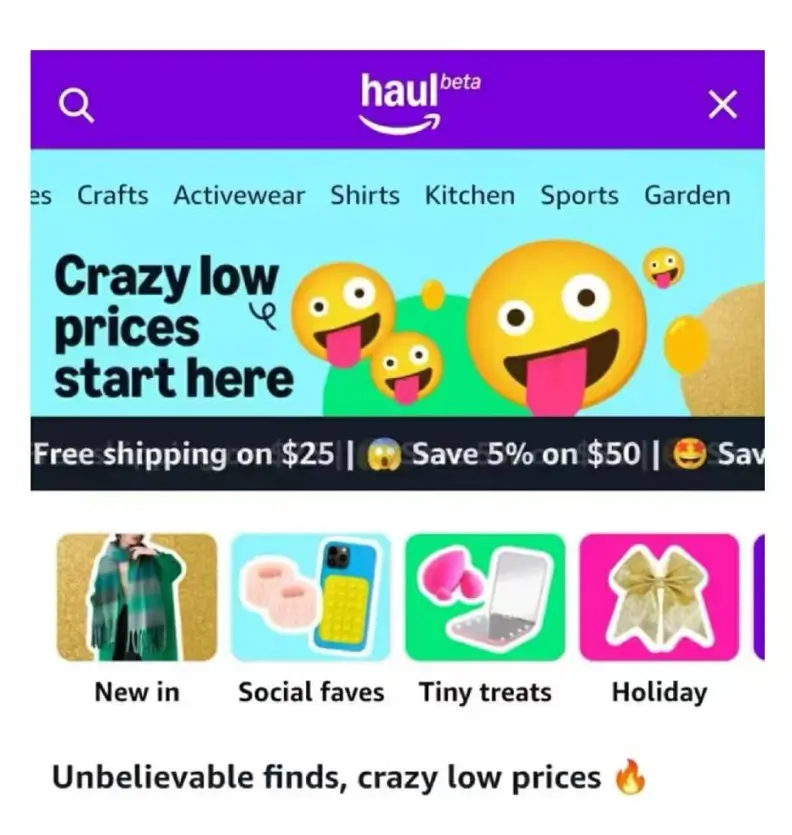For anyone in the workforce, consistently sticking to a single profession for a long period requires not only that the job aligns with your interests and skills but also that you have a passion for it. Without that love for the job, it’s hard to keep going.
In this article, the author shares his journey as a product manager over the past seven years, from his early steps to his subsequent growth, offering insights that may serve as a reference for others.
Since graduating in 2017, I am now stepping into my seventh year of work, about to embark on my third career challenge.
You might ask, “Are you still working as a product manager?”
The answer is yes. I’m passionate about creating products, especially the joy they bring to users. This sense of value and feedback has given me immense satisfaction.
Over these years, I've had the pleasure of interacting with people from various industries. I’ve realized that every profession offers a similar "endorphin-inducing" feedback loop. Trust me, in any profession, you can find it.

1. Looking Back: My Journey of Building Dreams as a Product Manager
Looking back to the beginning, I didn't originally come from a computer science or design background. In my second year at my first job, I transitioned to become a product manager. At the time, I was captivated by creating seemingly perfect prototypes, mistakenly thinking that was the core skill of a product manager.
After working on 3-4 large projects, I gradually realized that prototype design was merely one way of expressing design ideas. What truly matters is getting to the ground level and understanding customer needs. So, I assumed that research and analysis were more valuable.
When I left my first company and joined my second, I discovered how crucial it was to communicate effectively with the tech team, slowly honing a solid technical mindset.
At that point, the puzzle of what it means to be a product manager started to take shape in my mind. To break it down more clearly, I’ve divided the process into three stages based on project progress:
Early Stage: Needs research, analysis, and product prototyping
Mid-Stage: Product design, PRD (Product Requirements Document) drafting, and technical selection
Late Stage: Internal testing, launch validation, and ongoing operation
If the project is productized, the needs don’t always come from external sources—you have to do some product planning yourself.
This was my journey of “building dreams.”
So, how can young people who don’t have the right background build their own competitive edge?
Here’s my methodology for reference:
Within 3 years of graduation: Don’t settle on a single profession too early. You have time to try different things and pick something you don't dislike—or better yet, something you enjoy—and stick to it.
Within 3-5 years of graduation: By now, you likely have some direction for your skills and expertise. If not, you need to start feeling the pressure to settle on something within 1-2 years, or it will be difficult to secure a stable career.
Within 5-10 years of graduation: You may now be a department leader, with a broader view that spans your department or even the company’s strategy. Consider learning some business management knowledge; this could add more chips for your next step and help if you choose to start your own business.
10 years and beyond: Let your dreams soar for a while longer...
2. Reflecting on My Past: Riding the Waves of Product Management
In these past years, I realized something about myself—"office gossip" always seemed to reach me last.
I believe this is because I focused more on my work, forming a kind of "workplace filter" that automatically screened out useless "noise."
This was the first wave I unknowingly rode: avoiding unnecessary gossip. The method was simple: don’t initiate such conversations, and if you hear it, don’t spread it. This habit will help you gain a reputation for being reliable.
The second wave was about shifting my mindset.
Wherever there are people, there will be interpersonal dynamics—this is unavoidable.
When working with others, emotional issues will inevitably arise, but I’ve found this principle helpful: whatever gets you upset is your own doing.
If you constantly find yourself frustrated with most people, then the problem lies with you. The fastest way to fix it is to admit fault. This is the quickest way to improve your mental resilience and expand your emotional bandwidth.
People who are overly competitive tend not to have many friends, while those with ability and humility are always sought after.
Additionally, you might hear this common “wisdom”: “Only work as much as you’re paid for.”
While it sounds reasonable, it’s actually the start of a downward spiral. You need to ask yourself: does your salary define your ability, or does your ability determine how much you are worth?
If you choose the former, then prepare to remain a low-level employee for life without much income.
But if you choose the latter and still find yourself worrying about promotions and raises, here’s my advice: focus on doing your job well. If there’s still room for you to improve in your current role, commit to doing it well. Even if you aren’t the boss, approach your work with an entrepreneurial mindset—this is the only effective way to “level up” your career.
In the workplace, you may encounter some “bad eggs” or toxic atmospheres, with sayings like, “The more you do, the more mistakes you make; do less, make fewer mistakes; do nothing, make no mistakes.”
People who tell you this are either ill-intentioned or jaded “old hands.” Stay away from them. When it’s time to do more, do more. If the company culture truly supports this attitude, leave early and don’t look back. It will devour your youth.
3. Dreaming Forward: My Future in Product Management
Most of what I’ve shared so far relates to the workplace, but now let’s return to the product itself. I believe the next phase requires a breakthrough.
That is, directly interacting with customers to find the right balance between clients, users, and products.
In the B2B industry, the purchaser and the user are often different people, and the decision-makers are usually the purchasers.
So how do you persuade clients?
You must approach things from the user’s perspective, leveraging your product expertise to solve their problems. Clearly communicate how you identified the problems, how you solved them, and what the future outcomes will be.
On a smaller scale, if every need can be considered this thoughtfully while integrating the client's ideas, I believe this is the best way to persuade them.
This highlights the importance of perspective switching.
In the workplace, we naturally get embedded in the viewpoint of our role. When we express ourselves, we often like to use the technical jargon of our field, but others might not “get it.”
So, in the future, I think the first key direction to work on is effectively switching perspectives, adapting your viewpoint, and using others' language to express and convey ideas.
The second direction is to become part of the user base, to be their voice and a helpful assistant.
I’ll approach this from two angles:
First, personally use the product.
Some may say, "Isn’t this simple? You made the product yourself, so using it should count as testing it yourself, right?"
Actually, it doesn’t. Because you’re the designer, you can easily fall into the trap of thinking you’re omniscient and assume that users know everything too.
But this time, I’ll do things differently. I’ll start from a beginner’s perspective, testing if the product is easy to use, identifying where users might get confused, and constantly asking, “Why?” Then, I’ll try to answer my own questions.
Second, user-participatory design.
User-participatory design is a new method in product design that effectively tackles the problem of “detached design.”
Currently, it’s mainly used in B2C services, where companies continuously organize “user workshops” to invite users to experience new products. Many practical features have come from user feedback.
This not only boosts user stickiness but also increases awareness of your product.
However, doing this well is no easy task. But once you get started, and through continuous iteration, the result will inevitably be a high-quality product.
4. Final Words
Recently, I had a discussion with a friend about career development and the feelings of being lost. He felt that he had lost direction in the product management field and frequently complained that his company didn’t provide enough opportunities. He even considered quitting.
In response to his dilemma, I offered my perspective: if you feel like you haven’t been given great opportunities, start with yourself. Think of yourself as a product, slowly build it up. If you can turn yourself into a great product, you’ll shine wherever you go...
I hope this inspires you. Keep going!







